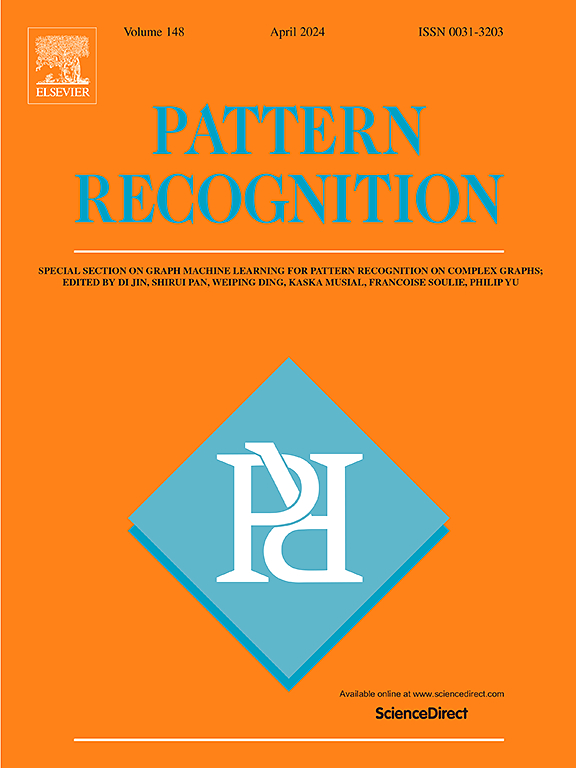Incremental feature selection: Parallel approach with local neighborhood rough sets and composite entropy
IF 7.5
1区 计算机科学
Q1 COMPUTER SCIENCE, ARTIFICIAL INTELLIGENCE
引用次数: 0
Abstract
Rough set theory is a powerful mathematical framework for managing uncertainty and is widely utilized in feature selection. However, traditional rough set-based feature selection algorithms encounter significant challenges, especially when processing large-scale incremental data and adapting to the dynamic nature of real-world scenarios, where both data volume and feature sets are continuously changing. To overcome these limitations, this study proposes an innovative algorithm that integrates local neighborhood rough sets with composite entropy to measure uncertainty in information systems more accurately. By incorporating decision distribution, composite entropy enhances the precision of uncertainty quantification, thereby improving the effectiveness of the algorithm in feature selection. To further improve performance in handling large-scale incremental data, matrix operations are employed in place of traditional set-based methods, allowing the algorithm to fully utilize modern hardware capabilities for accelerated processing. Additionally, parallel computing technology is integrated to further enhance computational speed. An incremental version of the algorithm is also introduced to better adapt to dynamic data environments, increasing its flexibility and practicality. Comprehensive experimental evaluations demonstrate that the proposed algorithm significantly surpasses existing methods in both effectiveness and efficiency.
增量特征选择:采用局部邻域粗糙集和复合熵的并行方法
粗糙集理论是管理不确定性的强大数学框架,被广泛应用于特征选择。然而,传统的基于粗糙集的特征选择算法面临着巨大的挑战,尤其是在处理大规模增量数据和适应真实世界场景的动态特性时,因为数据量和特征集都在不断变化。为了克服这些局限性,本研究提出了一种创新算法,将局部邻域粗糙集与复合熵整合在一起,以更准确地衡量信息系统中的不确定性。通过结合决策分布,复合熵提高了不确定性量化的精度,从而改善了算法在特征选择方面的有效性。为了进一步提高处理大规模增量数据的性能,该算法采用了矩阵运算来取代传统的基于集合的方法,从而充分利用现代硬件能力来加速处理过程。此外,还集成了并行计算技术,以进一步提高计算速度。该算法还引入了增量版本,以更好地适应动态数据环境,提高其灵活性和实用性。全面的实验评估证明,所提出的算法在有效性和效率方面都大大超越了现有方法。
本文章由计算机程序翻译,如有差异,请以英文原文为准。
求助全文
约1分钟内获得全文
求助全文
来源期刊

Pattern Recognition
工程技术-工程:电子与电气
CiteScore
14.40
自引率
16.20%
发文量
683
审稿时长
5.6 months
期刊介绍:
The field of Pattern Recognition is both mature and rapidly evolving, playing a crucial role in various related fields such as computer vision, image processing, text analysis, and neural networks. It closely intersects with machine learning and is being applied in emerging areas like biometrics, bioinformatics, multimedia data analysis, and data science. The journal Pattern Recognition, established half a century ago during the early days of computer science, has since grown significantly in scope and influence.
 求助内容:
求助内容: 应助结果提醒方式:
应助结果提醒方式:


